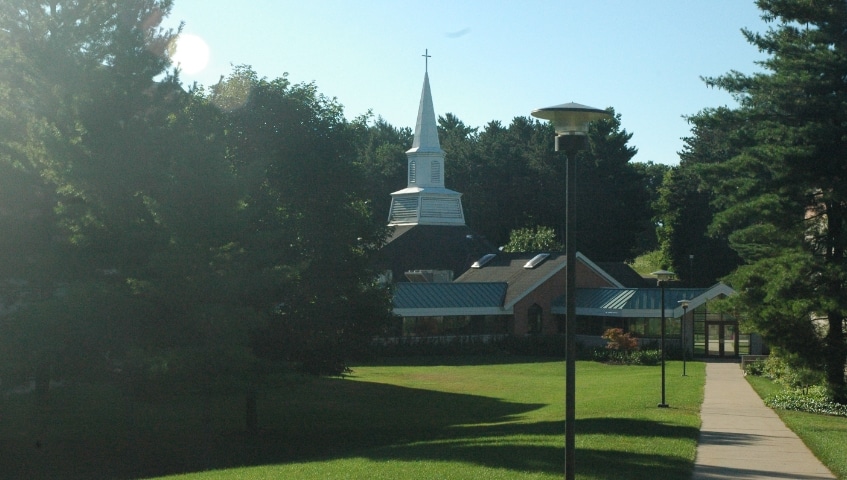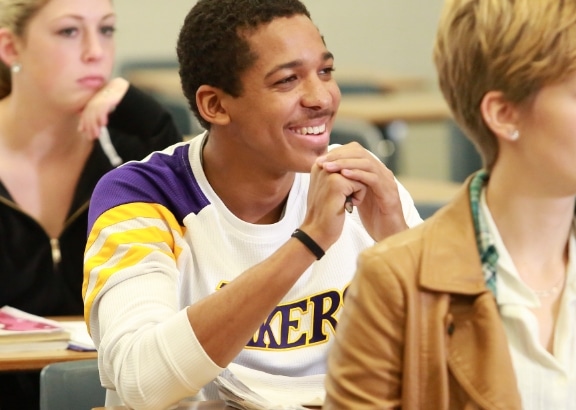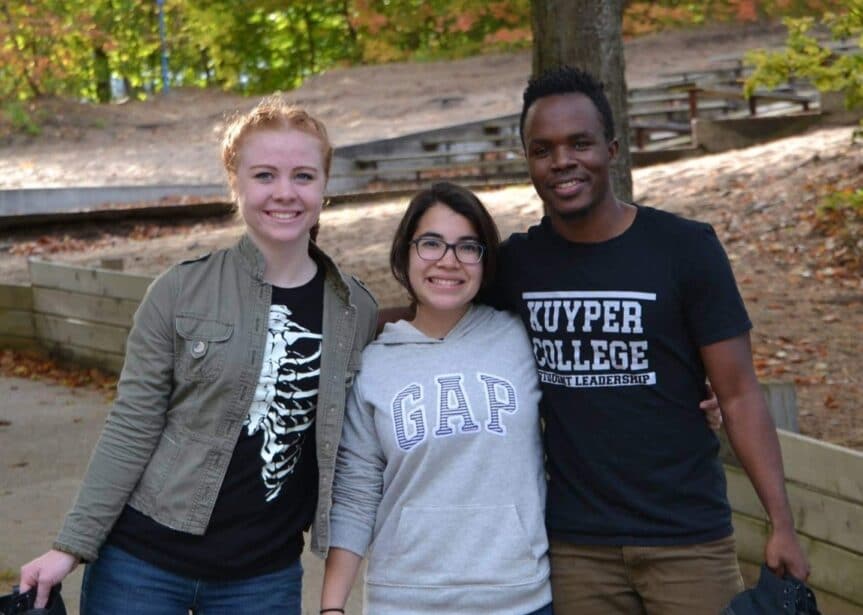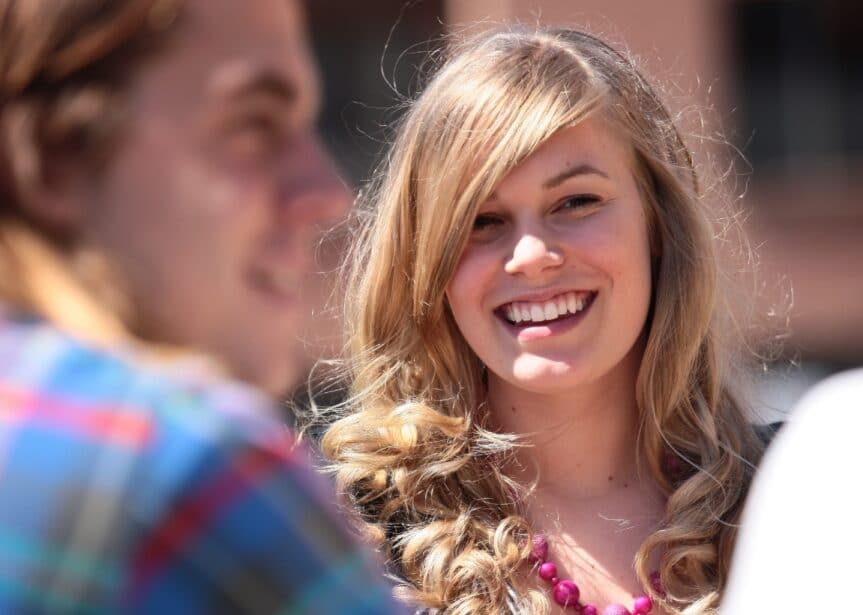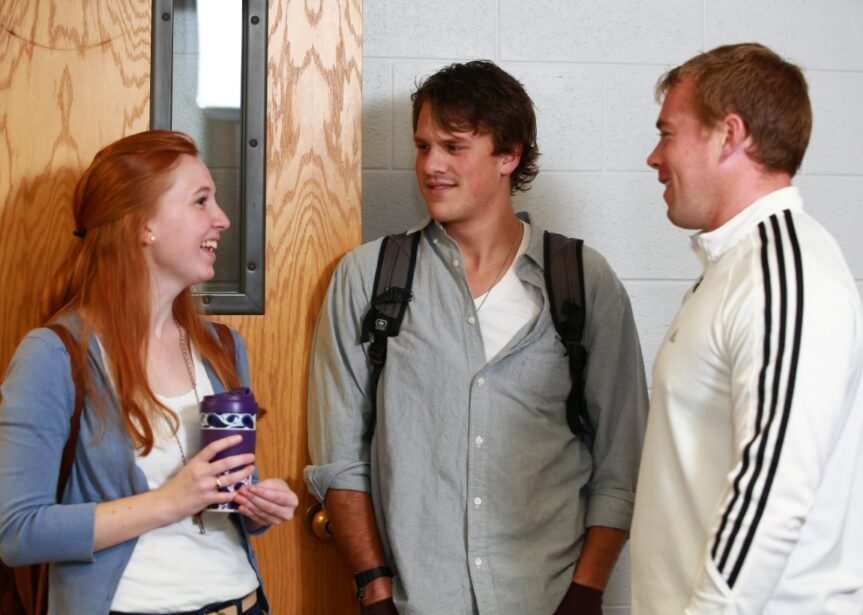Thinking Outside the Classroom: Kuyper Travel Classes
Kuyper professor Tim Howerzyl enjoys helping his students think outside the classroom.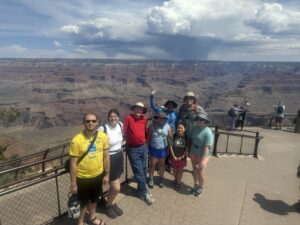
He also has a unique relationship to New Mexico’s indigenous community, particularly the Navajo Nation and Pueblo peoples.
“My connection to that area goes way back,” he said, smiling. ““My wife’s grandmother was a teacher and nurse there in the 1930s, and I first visited on a mission trip when I was in 7th grade. Then, I pastored Bethany Christian Reformed Church in Gallup, NM for 3 ½ years before I came to Kuyper.”
All this led him to spearhead the creation of an exciting new learning experience for Kuyper students, which took place in May.
Known as Native American Intercultural Ministry Immersion, the class introduced participants to the history and culture of the Navajo and Pueblo peoples and got them thinking about life and ministry across cultures.
Over 10 days spent in northwestern New Mexico, the group visited several locations within the Navajo and Pueblo reservations and met with local church and tribal leaders.
They also studied the history, tribal identity, Christian missionary activity and current church context of the tribes in the region which, Howerzyl emphasized, helped students better appreciate both the cultures themselves and how the Church is currently working among them.
“I thought it’d be a great opportunity to introduce them to that world. Since I knew the area and a lot of people there, it made sense,” he explained.
And there was also plenty of time to explore the beauty of God’s creation in the region.
“We went up to the Grand Canyon and some of our group hiked into the canyon. We also visited Petrified Forest, Canyon de Chelly and the Chaco Canyon National Monuments. The Southwest has its own sort of beauty. None of the students had been to New Mexico before, so I’m glad they got to experience that,” Howerzyl said.
One of the group’s most memorable learning experiences was meeting with Rev. Stanley Jim, a Navajo pastor who introduced a key component of the course: contending with how the gospel might prompt positive transformation among a group of people without erasing their cultural identity.
“I wanted students to wrestle with what it means to be Navajo and Christian, especially when your cultural identity is wrapped up in traditional spiritual beliefs,” said Howerzyl.
This is a relevant question for ministry in any context and, indeed, for Christians everywhere, he added.
“I think that’s really something we’re all doing all the time. We’re all thinking about how to stay faithful to the message of the Gospel while still living into our own identities,” he said.
Rev. Jim and his wife, Sharon, are also both graduates of Kuyper (then Reformed Bible College).
“One of the great things about this trip was the opportunity to meet quite a few Kuyper alums,” Howerzyl said. “Many people don’t realize that over the years Kuyper has had a deep impact among ministry leaders in the Southwest. The school has been a key place for Navajos with a desire for kingdom ministry to be equipped and trained to minister to their people.”
Currently, there are more than 40 Kuyper alumni living and serving in and around the Navajo Nation.
One of those alumni is Corwin Brummel, a 1961 graduate of Reformed Bible Institute who, with his wife, Esther, have devoted their lives to service throughout the Navajo Nation.
“Rev. Jim shared with the students how Cor Brummel was influential in teaching him the gospel prior to his becoming a Christian” Howerzyl said. “So many of the Navajo leaders were trained at Kuyper that when we met someone new on the trip, my students would say, ‘So let me guess– another Kuyper graduate?’”
Howerzyl hopes that students came away from their experience on the trip and the questions they wrestled with having fewer answers but more humility, insight, and wisdom while engaging with those who are far different from themselves.
“We thought a lot about what church is and how the church can exist in different contexts,” he said. “That meant asking what it means for the Body of Christ to be present in a particular place and what that should look like.”



